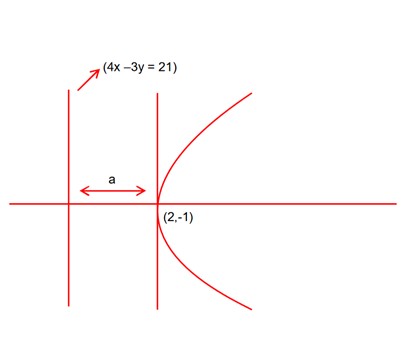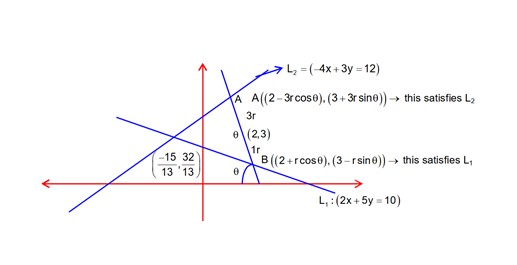Ncert Solutions Maths class 12th
Get insights from 2.5k questions on Ncert Solutions Maths class 12th, answered by students, alumni, and experts. You may also ask and answer any question you like about Ncert Solutions Maths class 12th
Follow Ask QuestionQuestions
Discussions
Active Users
Followers
New answer posted
2 months agoContributor-Level 10
Solution y sec2x =
y sec2 x = 2sec x + c
y = 2 cos x + c cos2x passes C =
y = 2 cos x
New answer posted
2 months agoContributor-Level 10
Replace x by x + k.
From (i) & (ii), f(x + 2k) = f(x).
is periodic with period = 2k.
put x = t + k
New answer posted
2 months agoContributor-Level 10
fog
Not possible as of inequalities give
ex – x < 0, x < 0 (x 1)2 – 1 < 0
Not possible (x – 1 + 1)(x – 1 – 1) < 0
(x)(x – 2) < 0
x
continuous x < 0
Discontinuous at 0
continuous
fog is discontinuous at 0
New answer posted
2 months agoContributor-Level 10
g (x) = px + q
Compare 8 = ap2 …………… (i)
-2 = a (2pq) + bp
0 = aq2 + bq + c
? 4x2 + 6x + 1 = apx2 + bpx + cp + q
? Andhra Pradesh = 4 ……………. (ii)
6 = bp
1 = cp + q
From (i) & (ii), p = 2, q = -1
? b = 3, c = 1, a = 2
f (x) = 2x2 + 3x + 1
f (2) = 8 + 6 + 1 = 15
g (x) = 2x – 1
g (2) = 3
New answer posted
2 months agoContributor-Level 10
f (x) is an even function
So, f (x) has at least four roots in (-2, 2)
So, g (x) has at least two roots in (2, 2)
now number of roots of f (x)
It is same as number of roots of will have atleast 4 roots in (2, 2)
Taking an Exam? Selecting a College?
Get authentic answers from experts, students and alumni that you won't find anywhere else
Sign Up on ShikshaOn Shiksha, get access to
- 65k Colleges
- 1.2k Exams
- 687k Reviews
- 1800k Answers


